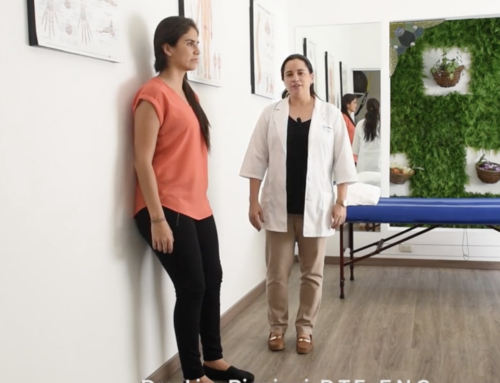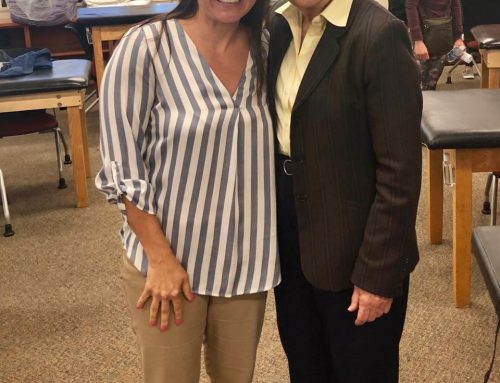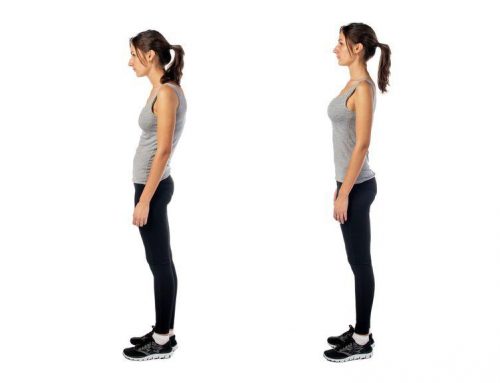Shoulder Muscle Recruitment Patterns During Commonly Used Rotator Cuff Exercises: An Electromyographic Study
PHYS THER Vol. 87, No. 8, August 2007, pp. 1039-1046 DOI: 10.2522/ptj.20060068
|
|
Shoulder Muscle Recruitment Patterns During Commonly Used Rotator Cuff Exercises: An Electromyographic Study
Alanna Dark, Karen A Ginn and Mark Halaki
A Dark, BAppSc (Ex & Sp Sc) (Hons), was a student, Discipline of Exercise and Sport Science, University of Sydney, Sydney, New South Wales, Australia, at the time of this study KA Ginn, BSc, GD ManipTher, MHPEd, PhD, is Senior Lecturer, Discipline of Biomedical Science, University of Sydney M Halaki, BSc, (Mech Eng), MSc (Biomed Eng), PhD, is Post-Doctoral Fellow, Discipline of Exercise and Sport Science, University of Sydney Address all correspondence to Dr Halaki at: m.halaki@fhs.usyd.edu.au
Background and Purpose: Graduated rotation exercises performed with the arm by the side are commonly used to improve rotator cuff (RC) muscle function. The aim of this study was to compare the pattern of recruitment of the RC muscles with that of other shoulder muscles that rotate the shoulder joint during these exercises. Subjects: The nondominant shoulders of 15 subjects who were healthy were tested. Methods: Activity in the infraspinatus, supraspinatus, subscapularis, latissimus dorsi, pectoralis major, and posterior deltoid muscles was recorded. Low-, medium-, and high-intensity rotation exercises were performed with a pulley system. Results: As the intensity of both internal and external rotation exercises increased, activity increased in a systematic manner in all muscles capable of producing rotation torque during concentric and eccentric contractions. Discussion and Conclusion: The results indicate that, in peoplewho are healthy, the motor strategy used to deal with increasingrotation resistance with the arm in a pendant position is togradually increase activity in all shoulder rotation torque-generatingmuscles.
To obtain full text: http://www.ptjournal.org/cgi/content/full/87/8/1039
PHYS THER Vol. 87, No. 8, August 2007, pp. 1039-1046 DOI: 10.2522/ptj.20060068
|
|
Shoulder Muscle Recruitment Patterns During Commonly Used Rotator Cuff Exercises: An Electromyographic Study
Alanna Dark, Karen A Ginn and Mark Halaki
A Dark, BAppSc (Ex & Sp Sc) (Hons), was a student, Discipline of Exercise and Sport Science, University of Sydney, Sydney, New South Wales, Australia, at the time of this study KA Ginn, BSc, GD ManipTher, MHPEd, PhD, is Senior Lecturer, Discipline of Biomedical Science, University of Sydney M Halaki, BSc, (Mech Eng), MSc (Biomed Eng), PhD, is Post-Doctoral Fellow, Discipline of Exercise and Sport Science, University of Sydney Address all correspondence to Dr Halaki at: m.halaki@fhs.usyd.edu.au
Background and Purpose: Graduated rotation exercises performed with the arm by the side are commonly used to improve rotator cuff (RC) muscle function. The aim of this study was to compare the pattern of recruitment of the RC muscles with that of other shoulder muscles that rotate the shoulder joint during these exercises. Subjects: The nondominant shoulders of 15 subjects who were healthy were tested. Methods: Activity in the infraspinatus, supraspinatus, subscapularis, latissimus dorsi, pectoralis major, and posterior deltoid muscles was recorded. Low-, medium-, and high-intensity rotation exercises were performed with a pulley system. Results: As the intensity of both internal and external rotation exercises increased, activity increased in a systematic manner in all muscles capable of producing rotation torque during concentric and eccentric contractions. Discussion and Conclusion: The results indicate that, in peoplewho are healthy, the motor strategy used to deal with increasingrotation resistance with the arm in a pendant position is togradually increase activity in all shoulder rotation torque-generatingmuscles.
To obtain full text: http://www.ptjournal.org/cgi/content/full/87/8/1039
Education,News & Articles,Orthopeadic,Passive and active therapy,Physical Therapy Treatments,Shoulder





